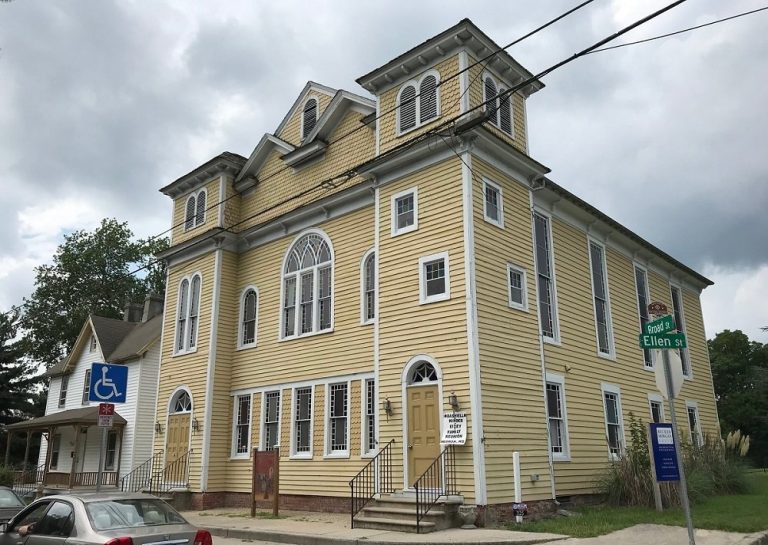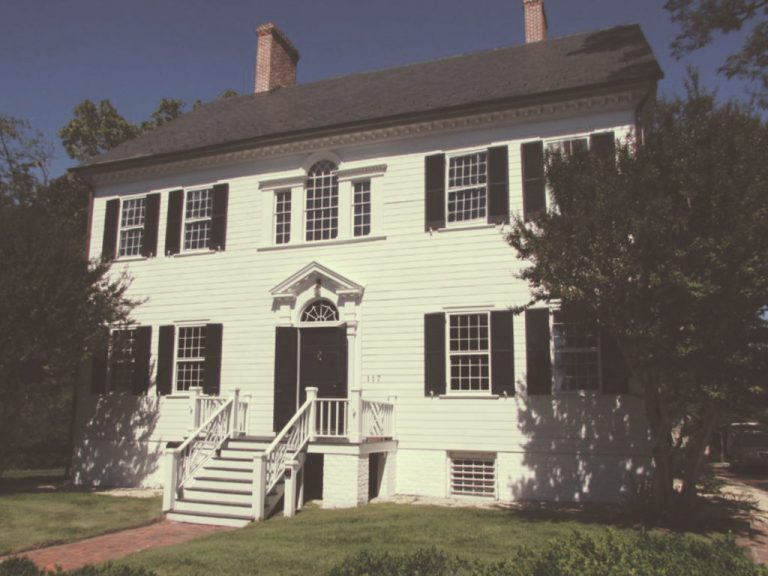All Historic Buildings
Historic buildings
-
This train station, built in 1900, was once part of the Baltimore, Chesapeake, & Atlantic Railroad, which had bought the Wicomico & Pocomoke Railroad Company in 1894. Originally running from Salisbury to Berlin, the Wicomico & Pocomoke Line charter was first granted in 1848 and was completed in 1868. In 1874 the line was extended south to Snow Hill. This Read more...
-
Originally built around 1870, Glass Hill School served as an African American single room school house. It was originally situated on Glass Hill Road across from the Calvary M.E. Church. In the early 1980s the school was moved to Maple Street where it now sits next to the old Passenger Station. Read more...
-
Originally built in 1922, this school house was just one of over 5,000 Rosenwald Schools built in the South through the collaboration between Booker T. Washington and Julius Rosenwald. These schools were vital in providing an education to African American children until Brown v. Board of Education in 1954 desegregated schools nationwide. This school in particular was a remarkable achievement Read more...
-
Location: 325 Broad St, Salisbury, MD 21801 Site Background: Built in 1838, the Chipman Center is the oldest standing African-American church on Delmarva. It occupies the site of a former open meadow where slaves gathered for worship services conducted by Methodist circuit riders. In 1837 five local freedmen began holding services in a small red-pine slab building on the Read more...
-
In 1795, Major Levin Handy took out a deed for 357 acres of the original 700 acre land patent called “Pembertons Good Will.” The house Handy began in 1795-96 was an ambitious Federal-style structure, outdistancing most buildings in the area in size and fine detail. When Handy died, the unfinished house was eventually sold to Dr. John Huston, Salisbury’s first surgeon, who Read more...
-
Sturgis One Room School Museum, formerly known as Sturgis School, is the only African American One Room School in Worcester County retaining its original integrity. It is a small structure built about 100 years ago on Brantley Road on land that was purchased by William Sturgis in 1888. Sturgis One Room School operated as a school for 37 years. Grades 1 Read more...
-
From 1828-1850 the Nassawango Iron Furnace was in its heyday. Many workers – miners, sawyers, colliers, molders, draymen, and bargemen – labored to make iron. Furnace Town (also called Nescongo or Nasseongo) was a company town, built by the Maryland Iron Company. About 300 people lived and worked here. There were blacksmiths, broom makers, wainwrights, wheelwrights, bakers, cobblers, coopers, and Read more...
-
Built in 1832 for Isaac Covington and his family, this gable-fronted, Federal-style house was saved from demolition in 1981 and now swerves as a Town museum of local history. In the early 19th century, this house was the home of Robert J. Henry, who was instrumental in bringing the railroad to Berlin. In the 1890s and early 20th century it was Read more...
-
A 1740s merchant-planter’s home overlooking Assateage Island and scenic Sinepuxent Bay. Rackliffe House was constructed in the 1740s by Captain Charles Rackliffe, the merchant-planter grandson of one of the earliest English immigrants to Maryland’s seaside. The large two-story, three-bay Manor House features Flemish bond brickwork with random glazed headers, a steeply pitched gabled roof with kicked eaves, and large windows. Read more...
-
The Ocean City Life-Saving Station Museum, located on the board walk at the inlet, inspires and supports the interpretation and appreciation of the cultural and natural history of Ocean City, Maryland, the Worcester County coastal region, and equally, the historical role performed by the United States Life-Saving Service, and preserves with subsequent mandate the 1891 structure that once served as Read more...









